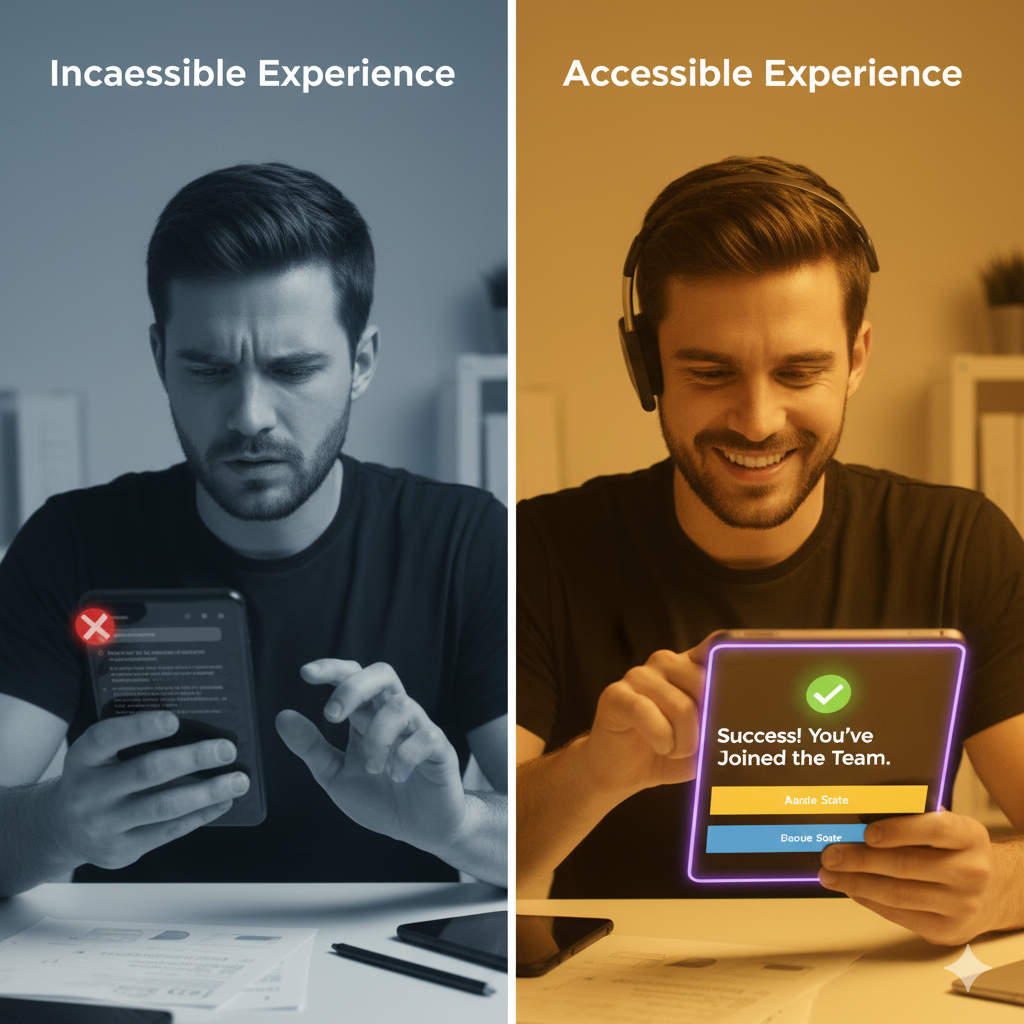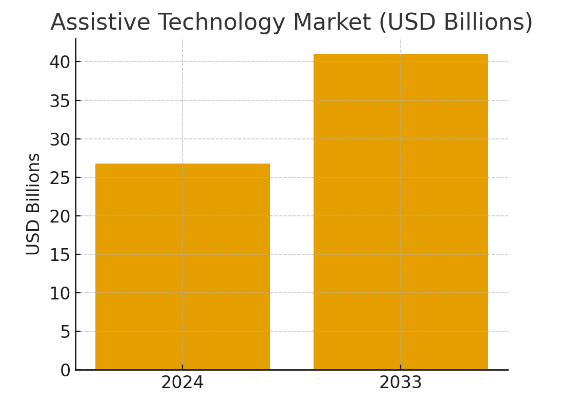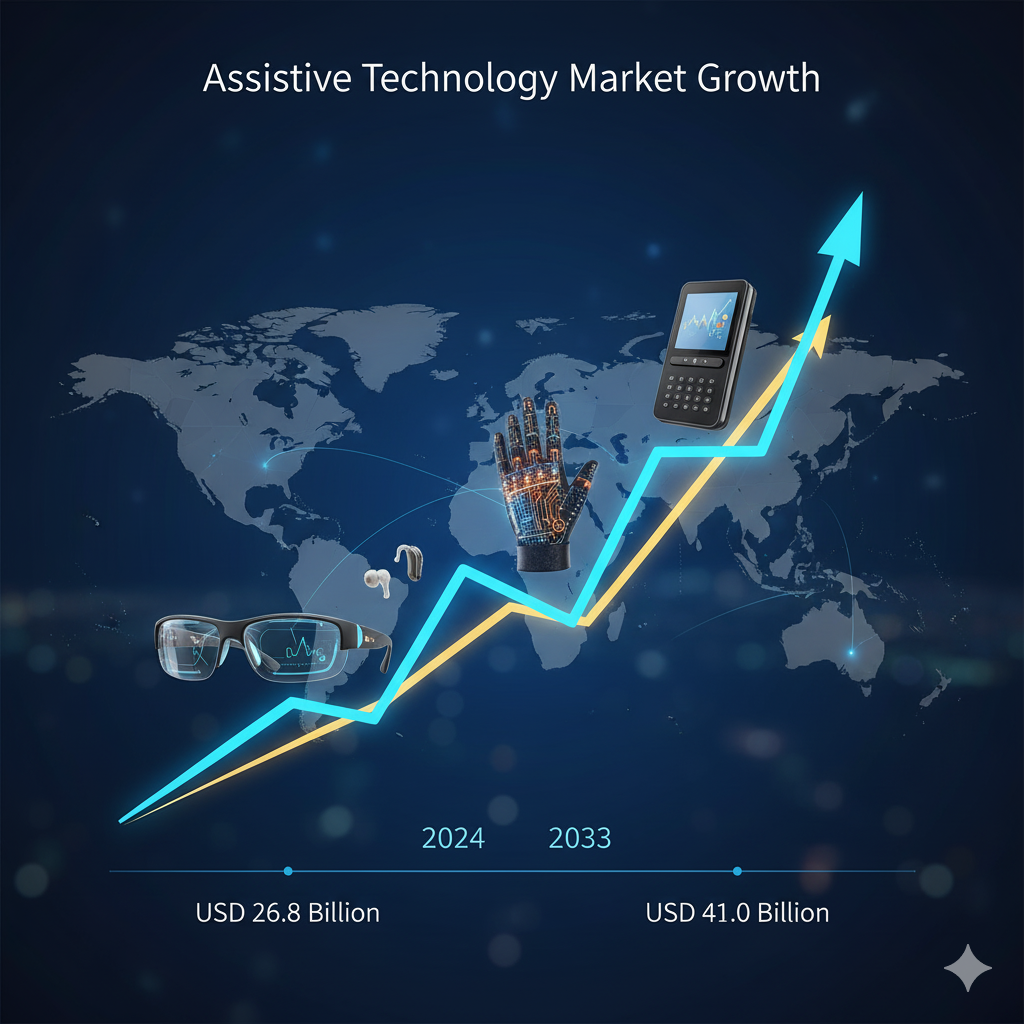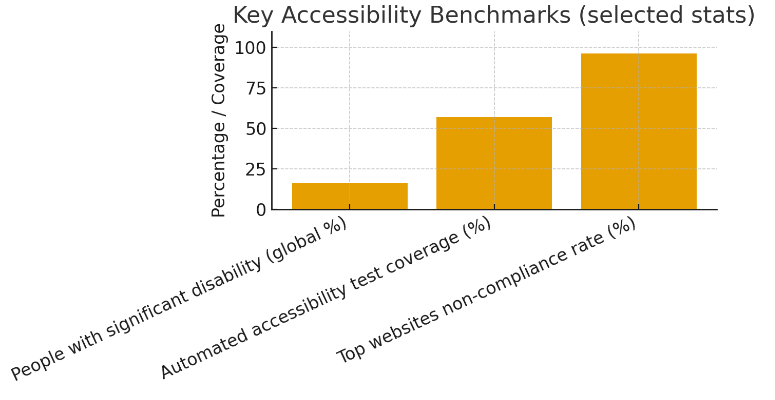

Multilevel marketing (MLM) platforms depend on broad reach, repeated engagement, and trust. Yet one large group of potential users—people with disabilities—are frequently excluded by software that assumes default vision, hearing, cognitive, motor, and network conditions.
Globally, an estimated 1.3 billion people experience significant disability (about 16% of the world’s population), which makes accessibility not only an ethical obligation but a business imperative for MLM software seeking global adoption and higher lifetime value. — World Health Organization
MLM systems depend on two repeated behaviors: joining and transacting (purchases, referrals, team communications). Accessibility barriers block both. Poor contrast or missing focus states drive away visually impaired users; inaccessible mobile flows frustrate users on older devices or low-bandwidth connections; missing captions or transcripts exclude hearing-impaired prospects who would otherwise convert from video or webinar content.
Beyond user harm, there are legal and reputational risks: U.S. and other jurisdictions have updated rules requiring government and many public-facing digital services to meet accessibility standards for web and mobile content. The U.S. Department of Justice issued a final rule clarifying web and app accessibility expectations for state and local governments in 2024—an indication of accelerating regulatory attention worldwide. — ADA.gov

Accessibility is more than a compliance checkbox — it’s an expanding market.
According to IMARC Group (2024), the assistive technology industry was valued at USD 26.8 billion in 2024 and is projected to reach USD 41 billion by 2033. For MLM vendors, integrating accessibility in product roadmaps is aligning with broader market expansion in devices and software that your platform should support. — IMARC Group

For MLM platforms, aligning software with assistive technologies (screen readers, adaptive input devices, voice control) means entering a parallel growth sector. Accessibility-driven UX now contributes directly to customer satisfaction, loyalty, and global scalability.

| Metric | Value | Insight |
|---|---|---|
| Global disability prevalence | 16% | Large, underserved market |
| Automated accessibility test coverage | 57% | Human testing still essential |
| Non-compliance among top websites | 96.3% | Competitive differentiation opportunity |
(Reference: WHO, Deque, WebAIM 2024)

Below are practical, prioritized tactics you can implement in product, design and operations to make MLM software globally inclusive.
MLM acquisition often happens on mobile and through social ads or messaging. Ensure onboarding supports:
Automated tools (axe, Lighthouse, WAVE) are fast and catch a majority of detectible issues, but they miss contextual issues. Integrate both automated pipelines and scheduled manual audits with users who have disabilities. (Automated testing covers ~57% of issues by volume.)
Track accessibility as a product metric: conversion by assistive tech users, bounce rates among low-vision cohorts, time-to-complete critical tasks. Accessible customer experiences frequently improve conversion for everyone.
| Phase | Duration | Key Actions |
|---|---|---|
| Audit & Baseline | Weeks 1–4 | Run automated scans, list WCAG 2.2 issues |
| Remediation | Month 2–3 | Fix labels, contrast, and keyboard flows |
| Content Accessibility | Month 4 | Caption videos, translate dashboards |
| Ongoing | Continuous | Include accessibility in QA and feature specs |
AI-driven testing tools now detect contextual accessibility issues like poor labeling or image description gaps, accelerating compliance timelines.
The DOJ 2024 rule mandates web and mobile accessibility for government and public services — an indicator of broader future enforcement globally.
Video captions, audio transcriptions, and text alternatives have become standard practice across leading SaaS and e-commerce sectors, directly boosting engagement rates for international MLM audiences.
1. Why is accessibility important in MLM software?
Accessibility ensures that every user — including those with visual, hearing, or mobility challenges — can participate in the MLM network equally. It directly improves user engagement, conversion, and compliance.
2. How can MLM companies test for accessibility?
They can use automated testing tools like Lighthouse, axe, or WAVE, complemented by manual audits involving users with disabilities for real-world validation.
3. What are the latest trends in accessibility for 2025?
Trends include AI-powered accessibility audits, regulatory updates such as the DOJ 2024 rule, and the mainstream adoption of captioned video content for broader engagement.
4. How does accessibility impact MLM ROI?
Accessible MLM platforms attract more users, reduce churn, improve retention, and minimize legal risk — delivering measurable ROI in both revenue and brand value.
Making MLM software accessible increases market reach (16%+ global prevalence), reduces legal risk, and strengthens UX for all users. The ROI is real: accessible experiences capture customers competitors are excluding and protect the product from rising regulatory and reputational risks.